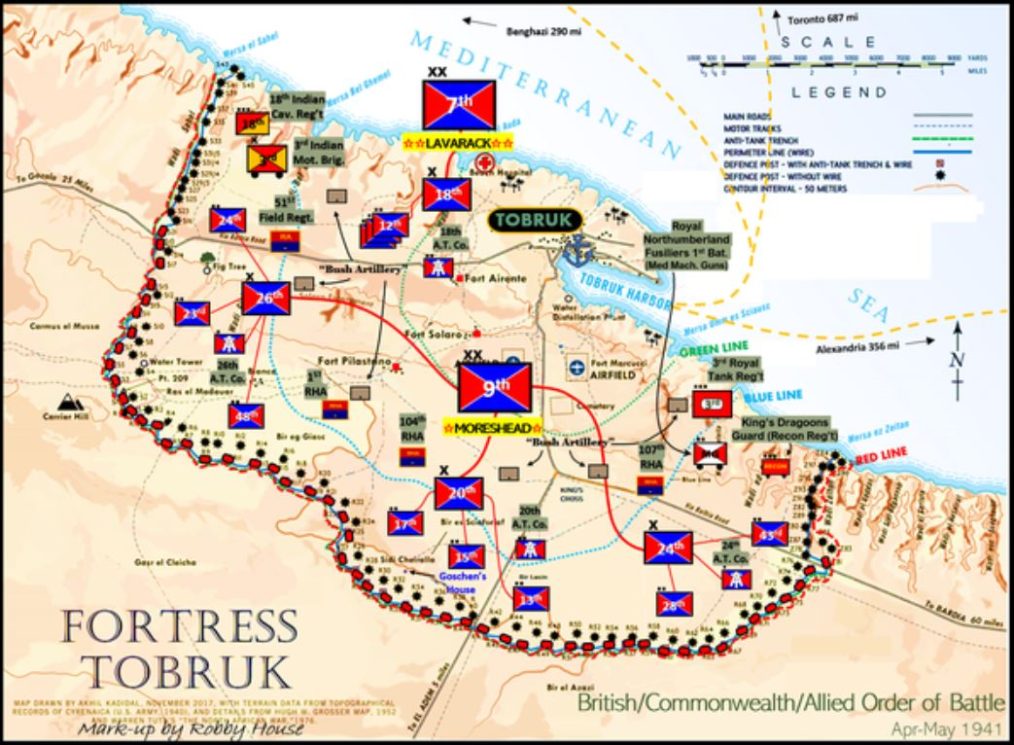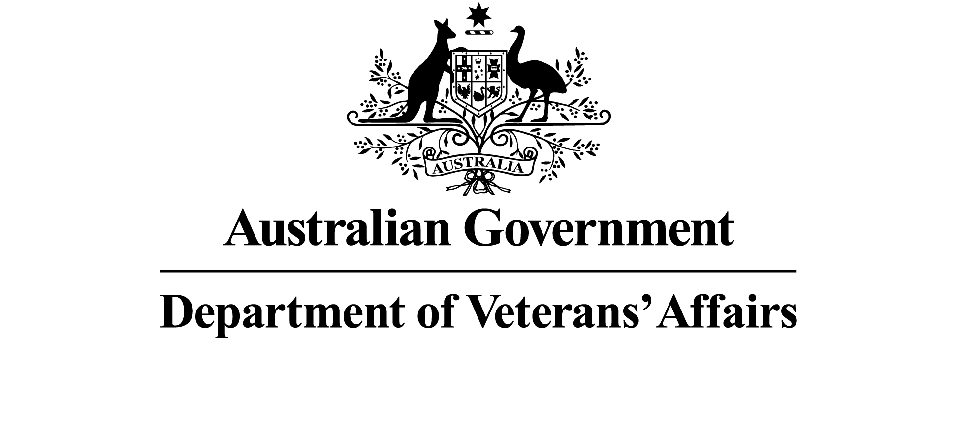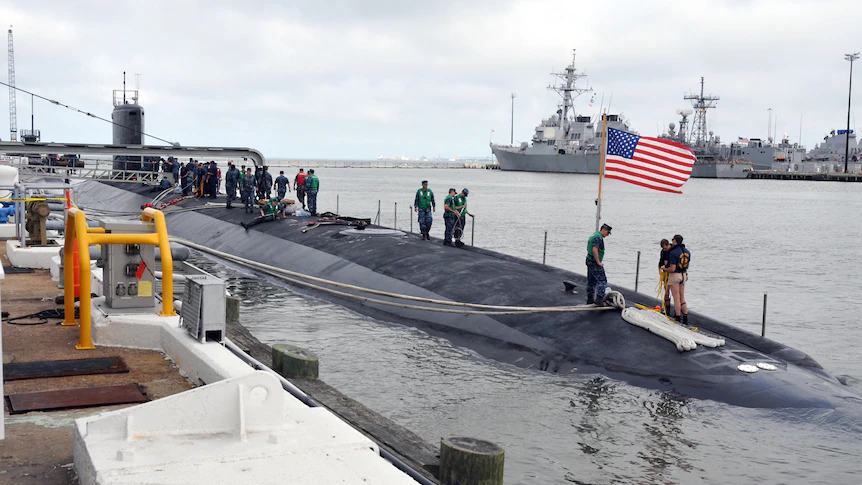Tomorrow, December 7th marks the 82nd anniversary of the Siege of Tobruk, a pivotal event during World War II where Australian soldiers and Allied troops defended the strategically vital harbour town from German and Italian forces. This tribute explores the resilience, bravery, and significance of the defenders, known as the ‘Rats of Tobruk,’ and their role in thwarting the Axis powers’ advance through Egypt.
In January 1941, the 6th Australian Division captured Tobruk from the Italians, marking a crucial victory in the North African campaign. This success turned the town into a garrison for Australian and British forces, setting the stage for the subsequent siege. The term ‘Rats of Tobruk,’ initially coined as an insult by Nazi propagandist Lord Haw Haw, became a badge of honour for the besieged troops.
Tobruk’s strategic importance lay in its harbor, a critical supply route for the Allies. The Royal Navy and the Royal Australian Navy, known as the ‘Tobruk Ferry’ service, played a vital role in maintaining the link to the outside world despite the constant threat of attacks on incoming ships. Holding Tobruk meant forcing the enemy to transport supplies overland, hindering their advance through Egypt.
From April to December 1941, Tobruk endured relentless ground assaults, shelling, and bombing by the Axis forces. The defenders, particularly the men of the 9th Division and the 18th Brigade of the 7th Division, exhibited unwavering determination, earning the moniker ‘Rats of Tobruk.’ The Royal Australian Air Force (RAAF) and the ‘scrap iron flotilla’ of the RAN contributed significantly to the town’s defence during this arduous period.
The Royal Navy and the Royal Australian Navy, acting as the ‘Tobruk Ferry,’ faced significant challenges, with many ships lost or damaged during supply runs into Tobruk harbour. Despite these sacrifices, the Allies recognized the importance of holding Tobruk to prevent the enemy’s advance.
Evacuations of troops began in August 1941, with the 2/13 Battalion and two companies of the 2/15th Battalion remaining in place until the siege’s end in December. The 9th Division and attached troops, during their eight-month presence in Cyrenaica, lost over 830 soldiers and witnessed more than 2,170 wounded. A memorial on Anzac Parade in Canberra pays tribute to all those who served during this crucial period of the Second World War.
The Siege of Tobruk stands as a testament to the resilience and courage of the ‘Rats of Tobruk’ and their Allied counterparts. Their unwavering defence of the strategically important town not only thwarted the Axis powers’ advance but also became a symbol of defiance that raised morale throughout the British Empire and Commonwealth during the challenging year of 1941. The legacy of Tobruk and the sacrifices made by the defenders continue to be honoured through memorials and remembrances.









